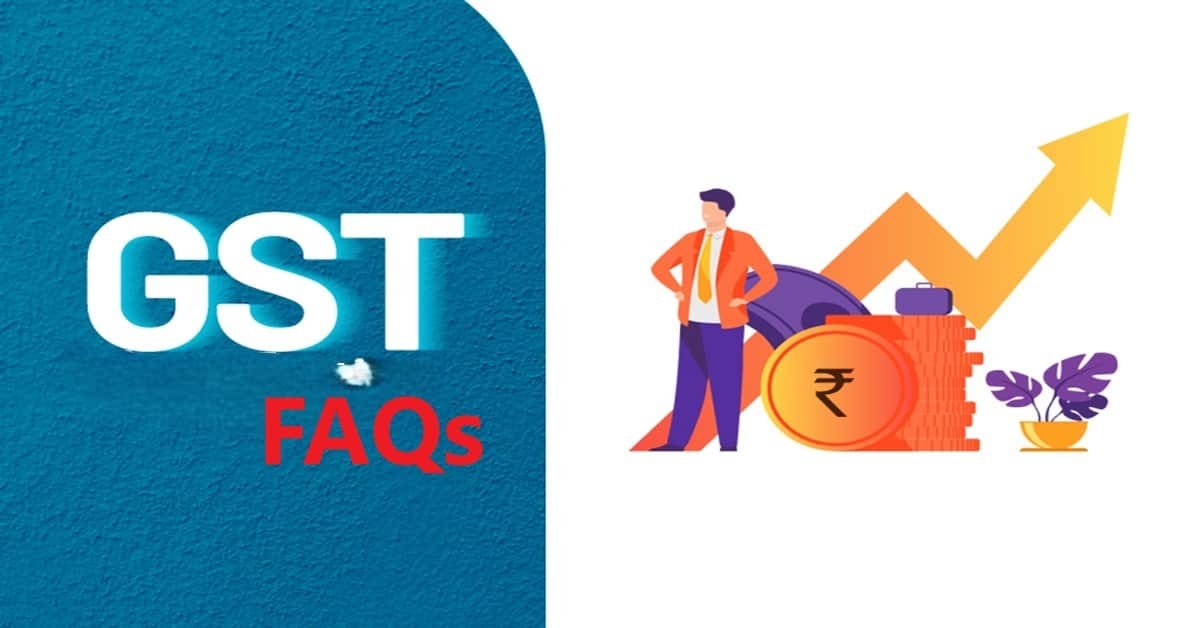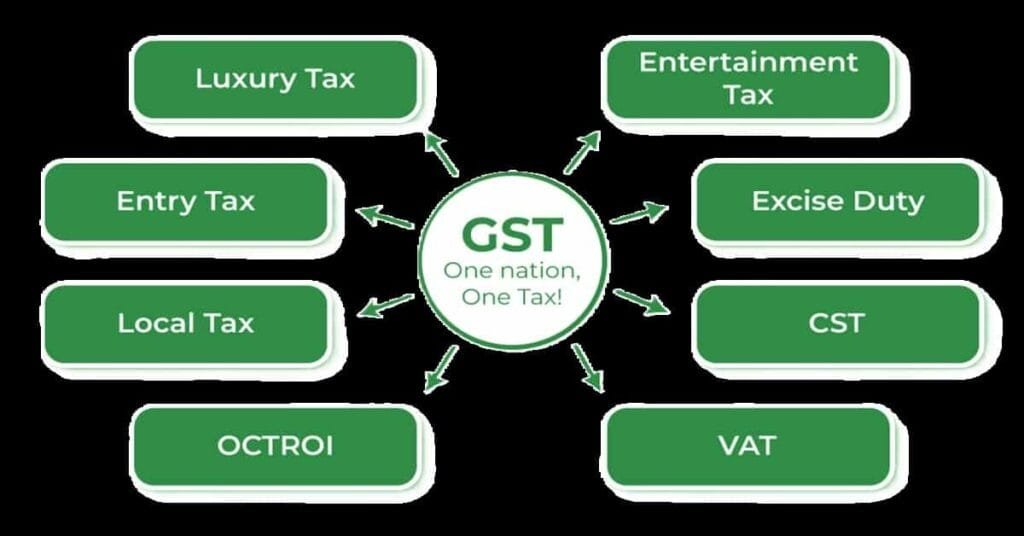Goods and Services Tax (GST) is one of the most significant tax reforms introduced in various countries, aimed primarily at enhancing transparency and making the tax system easier to understand and use. For businesses and consumers alike, understanding GST is essential to navigate its complexities. This post answers some of the most frequently asked questions about GST, providing you with detailed insights.
What is GST?
Goods and Services Tax (GST) is a single indirect tax levied on the supply of goods and services. It simplifies the tax structure by consolidating multiple indirect taxes into a single regime. The overarching goal of GST is to create a unified national market, reducing the cascading effect of taxes and promoting ease of doing business.
How Does GST Work?
GST works on the principle of one nation, one tax. It is applicable at every stage of the supply chain, from production to distribution, and it allows businesses to offset the taxes they pay on inputs against the taxes charged on their output. Consequently, the final consumer ultimately bears the tax burden, but businesses can reclaim the tax they paid at each previous stage.
Types of GST
There are several types of GST that can be slightly different depending on the country:
- CGST (Central Goods and Services Tax): Collected by the central government on an intra-state sale.
- SGST (State Goods and Services Tax): Collected by state governments on an intra-state sale.
- IGST (Integrated Goods and Services Tax): Levied on inter-state sales and collected by the central government.
Why Was GST Introduced?
The introduction of GST aimed to:
- Eliminate the Cascading Effect: Prior to GST, indirect taxes were levied on top of one another, leading to a situation where a consumer would pay tax on a tax, known as the cascading effect.
- Enhance Compliance: GST seeks to enforce stricter compliance measures, thus widening the tax base and curbing tax avoidance.
- Simplify Tax Structure: By consolidating numerous taxes into one, GST simplifies the overall tax process for businesses and consumers.
- Boost the Economy: A unified tax regime aims to promote business efficiency, reduce operational costs, and ultimately stimulate economic growth.
Who Should Register for GST?
In general, businesses whose annual turnover exceeds a certain threshold limit are required to register for GST. The threshold varies by country and sometimes even by state within a country. There are also specific categories of suppliers, such as:
- Those dealing in inter-state supplies
- E-commerce operators
- Individuals required to pay taxes on behalf of others (e.g., the reverse charge mechanism)
What Are the Benefits of GST?
The benefits of GST are manifold. Here are some of the most significant advantages:
- Reduced Tax Burden: GST minimizes the multiplicity of taxes, thereby reducing the overall tax burden on consumers.
- Input Tax Credit: Businesses can offset the tax paid on inputs against the tax collected on their outputs, leading to cost savings.
- Improved Cash Flow: Timeliness in the generation of input tax credit means better cash flow for businesses.
- Easier Tax Compliance: GST compliance is often facilitated by technology, making it simpler for businesses to file their returns and keep track of their tax liabilities.
How to Compute GST?
To compute GST, follow these steps:
- Determine the Tax Rate: Different goods and services are taxed at different rates, typically falling into categories like 0%, 5%, 12%, 18%, and 28%.
- Calculate GST Amount: Use the formula:
- {GST Amount} = {GST Rate} X {Selling Price}
- Include GST in the Sales Price: The total price to consumers includes the cost of goods/services plus the applicable GST.
What Happens If You Don’t Register for GST?
Operating a business without proper GST registration can lead to severe penalties and legal issues. Some of the potential consequences include:
- Fines and Penalties: Business owners may be subject to hefty fines which can escalate depending on the business’s revenues and duration of non-compliance.
- Loss of Input Tax Credit: Without registration, businesses cannot reclaim the input taxes incurred on inputs, leading to increased costs.
- Reputational Damage: Not adhering to tax regulations can harm a business’s reputation among customers and creditors.
How to File GST Returns?
Filing GST returns generally involves the following steps:
- Gather Documents:
- Sales invoices
- Purchase invoices
- Payment vouchers
- Log into the GST Portal: Most countries have an online portal where businesses can file their returns.
- Fill in the Required Information: Provide requisite details regarding sales, purchases, and any input tax credit claimed.
- Submit Returns: Review the filled information for accuracy before submitting.
- Pay Tax Due: If applicable, ensure timely payment of any GST dues.
How Frequently Are GST Returns Filed?
The frequency of filing GST returns can vary. It may be:
- Monthly: For businesses above a certain threshold.
- Quarterly: For small businesses under a specified turnover limit.
- Annually: Some businesses may only need to file annually depending on local laws.
Conclusion
Understanding GST is essential for both businesses and consumers. Whether you are a new business owner looking to understand compliance or a consumer wanting to grasp how GST affects your purchases, having a comprehensive understanding of GST can help alleviate confusion and streamline your transactions.
As the system continues to evolve, it’s important to stay updated with new amendments and regulations. Don’t hesitate to consult tax professionals or visit official government websites for the latest information and guidance. With the right knowledge in hand, you can navigate the world of GST effectively and ensure compliance while making informed financial decisions.


